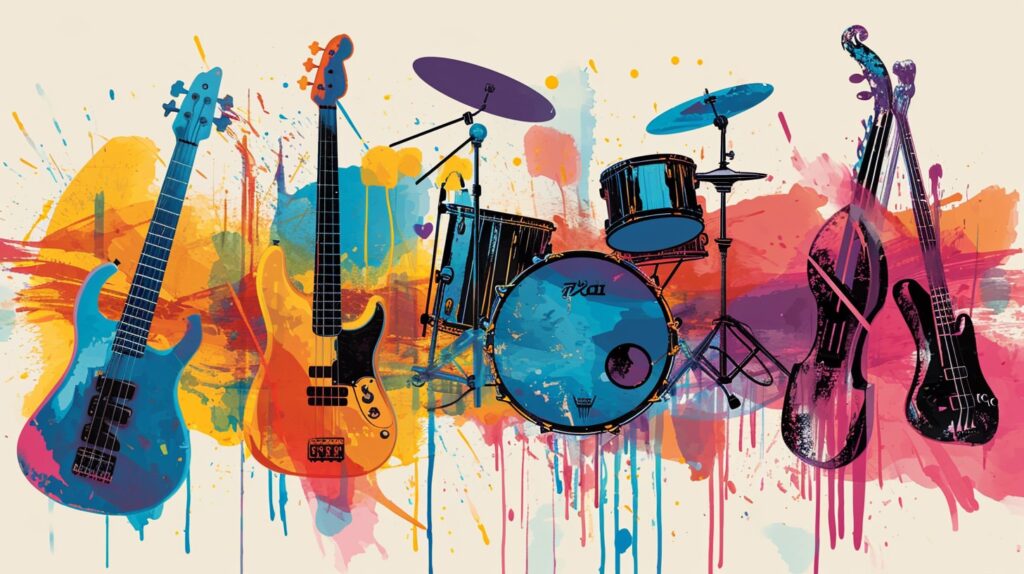What Is Tone Color in Music?

In the world of music, tone color, or timbre, stands as a pivotal concept that shapes our experience of various sounds. While often overshadowed by melody and rhythm, timbre is equally important in defining the distinct character of music.
This post delves into the intricacies of tone color, unpacking its significance and the ways it influences our perception of music.
Understanding Timbre: The Color of Music
Timbre, pronounced “tam-ber,” is the quality of sound that distinguishes one voice or instrument from another. It’s not about how high or low a note is (pitch) or how loud or soft it is (volume). Instead, timbre is about the unique characteristics that define the sound.
For example, a violin and a flute might play the same note at the same volume, but they sound distinct due to their timbre.
The Science Behind Timbre
The timbre of a sound is shaped by its waveform, which is determined by the source’s physical characteristics. For instance, the material, size, and shape of a musical instrument profoundly impact its timbre.
The human voice, with its complex physiological structure, produces a wide range of timbres. This variance in sound waves creates the rich tapestry of sounds we hear in music.
Timbre in Musical Composition
Composers and musicians use timbre to evoke emotions and create diverse soundscapes. The choice of instruments and how they are played significantly affects the mood and atmosphere of a piece. Timbre allows a composer to paint with sound, using different tonal colors to craft a sonic masterpiece.
The Role of Timbre in Music Appreciation
Personal Connection Through Timbre
Timbre plays a key role in how we connect with music. It can trigger memories, emotions, and associations. The unique sound of a particular instrument or voice might remind you of a specific time, place, or feeling, making timbre a powerful tool in the hands of a skilled musician.
Identifying Music Through Timbre
Timbre helps listeners identify different genres and styles of music. The gritty, distorted guitar of rock, the smooth saxophone in jazz, or the bright, resonant piano in classical music – these timbral qualities help define the genres and make them recognizable.
Conclusion: The Essence of Timbre in Music
In conclusion, timbre, or tone color, is an essential element in music that adds depth and personality to compositions. It shapes our emotional response and connection to music, allowing us to experience the full spectrum of its expressive power.
Understanding and appreciating timbre enhances our overall musical experience, revealing the nuanced beauty and complexity of the sounds that surround us.